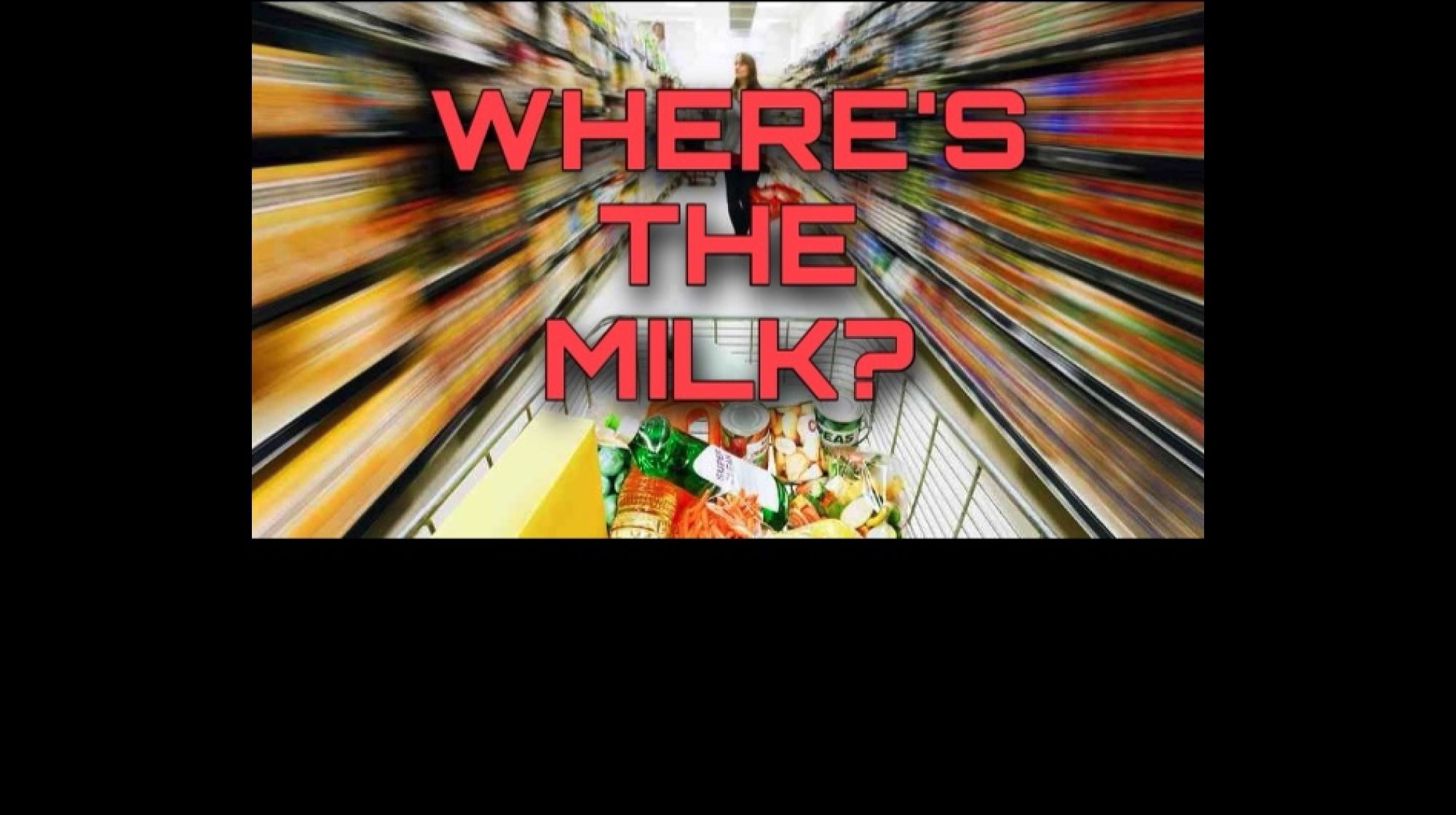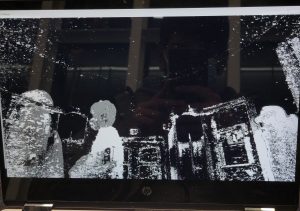This week I worked on the following tasks:
- Attended class and reviewed final presentations for the remainder of the team’s.
- One out of the 2 counter setups and algorithms was not compatible with a raspberry pi with the camera system, so made it compatible by changing camera parameters and system paths to the camera as well.
This week I’ve not put in nearly enough effort into the class and the project since I focused my attention on the midterms/finals that I had to take 3 days in a row, however, currently, my schedule allows me to put in all the time that I’ve missed out on in the time being, in the coming week. Hopefully I can put in a justifiable and solid amount of time and effort that is expected for the project.
In terms of schedule, I’m still concerned about the porting of the counter code onto our integrated system, however, in the event something goes wrong, I don’t think it should be incredibly long to fix. We should be okay for team schedule in terms of finishing our product for the demo.
For the next week, I hope to have the following deliverables:
- Final poster
- Final decisionmo
- Fully integrated system with counter code
- Final report
- Final demo


